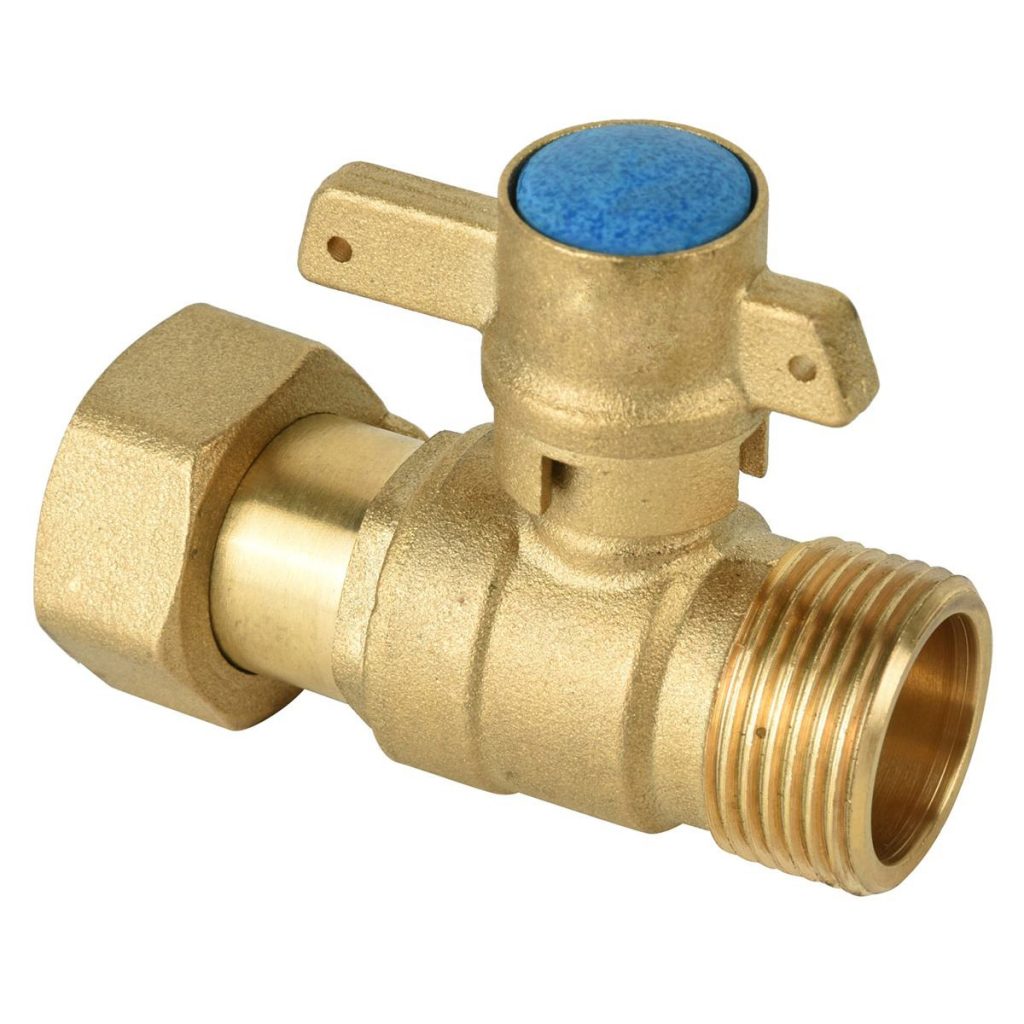Ball Valves: Design, Working Principle, and Wide Applications

Abstract:
Ball valves play a crucial role in various engineering fields as a common type of valve. This article provides an overview of the design principles, working mechanisms, and extensive applications of ball valves. By delving into the details of ball valve design and operation, a better understanding of their functionalities and advantages can be gained, offering guidance for engineering practices.
Introduction:
Ball valves are essential fluid control devices that are widely used in engineering applications. This article presents a comprehensive review of the design principles, working mechanisms, and specific applications of ball valves in industries such as petroleum, chemical, and water treatment. The aim is to provide valuable insights for engineers and researchers in these fields.
Design Principles of Ball Valves:
1.1 Components of Ball Valves: Key components include the ball, stem, valve body, and sealing elements.
1.2 Design Considerations:
– Material Selection: Choosing suitable materials, such as stainless steel, copper alloys, and high-temperature alloys, based on the characteristics of the working fluid.
– Sealing Design: Ensuring proper sealing performance by considering the ball-seat interface and the selection of appropriate sealing elements.
– Stem Design: Ensuring the stem’s strength, sealing, and operational performance to guarantee the reliable operation of the ball valve.Working Principle of Ball Valves:
2.1 Open and Closed States: Fluid flow control is achieved by rotating the ball to open or close the valve.
2.2 Flow Control: The flow rate can be regulated by adjusting the rotation angle of the ball.
2.3 Sealing Performance: The sealing performance of ball valves directly impacts the safety and stability of the system.Applications of Ball Valves in the Petroleum Industry:
3.1 Oil and Gas Pipelines: Ball valves are extensively used in oil and gas transmission pipelines for fluid control and flow regulation.
3.2 Refineries: Ball valves are employed in various process units of refineries, such as cracking units, distillation units, and catalytic units.
3.3 Natural Gas Processing Plants: Ball valves play a critical role in controlling compression, desulfurization, and separation processes in natural gas facilities.Applications of Ball Valves in the Chemical Industry:
4.1 Fluid Control: Ball valves find wide applications in fluid control and regulation in the chemical industry, including reactor control and process control.
4.2 Handling Special Media: Ball valves are suitable for handling various chemical media, including corrosive, high-temperature, and high-pressure fluids.Applications of Ball Valves in Water Treatment:
5.1 Wastewater Treatment: Ball valves are used for flow control in inlet/outlet pipelines and treatment units of wastewater treatment plants.
5.2 Water Supply Systems: Ball valves regulate the flow and pressure in water supply systems.Other Applications of Ball Valves:
6.1 Pharmaceutical Industry: Ball valves are employed for fluid control, temperature regulation, and pressure control in pharmaceutical processes.
6.2 Food Processing: Ball valves are widely used for fluid control and regulation in food processing operations.
6.3 Shipbuilding: Ball valves are essential for fluid control and safety control in ship pipeline systems.
Conclusion:
Ball valves are crucial valve types with wide-ranging applications in engineering practices. A comprehensive understanding of the design principles and working mechanisms of ball valves enables their effective utilization in addressing fluid control requirements in different industries. With ongoing technological advancements, ball valves will continue to be innovated and applied in areas such as automation, smart systems, and energy efficiency.
